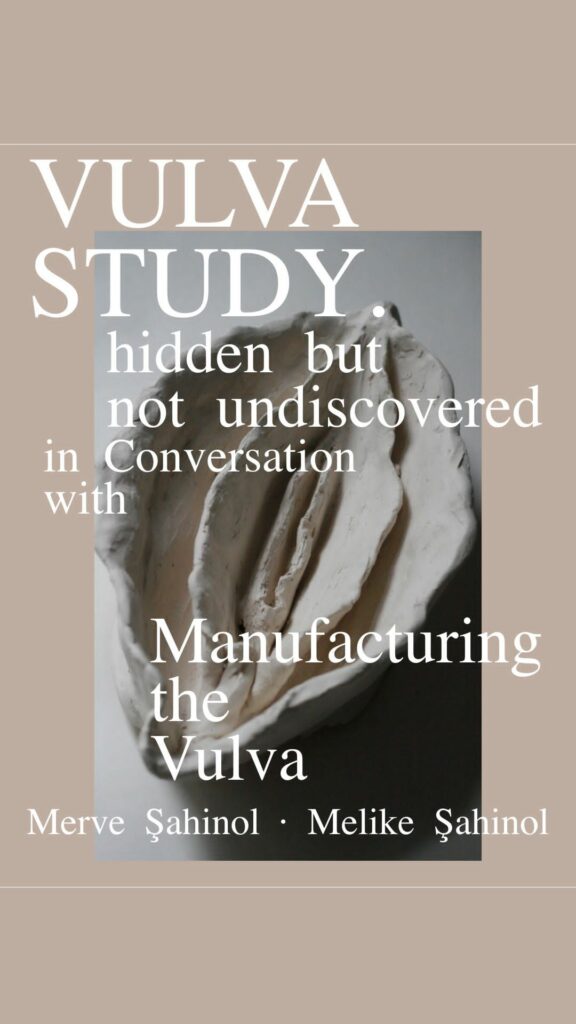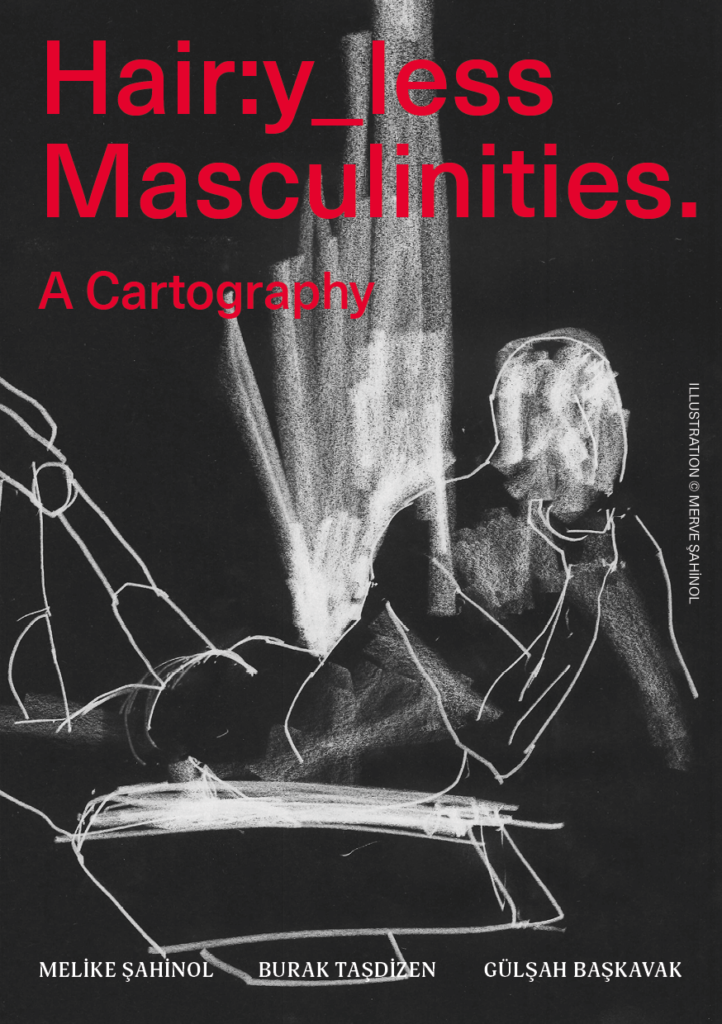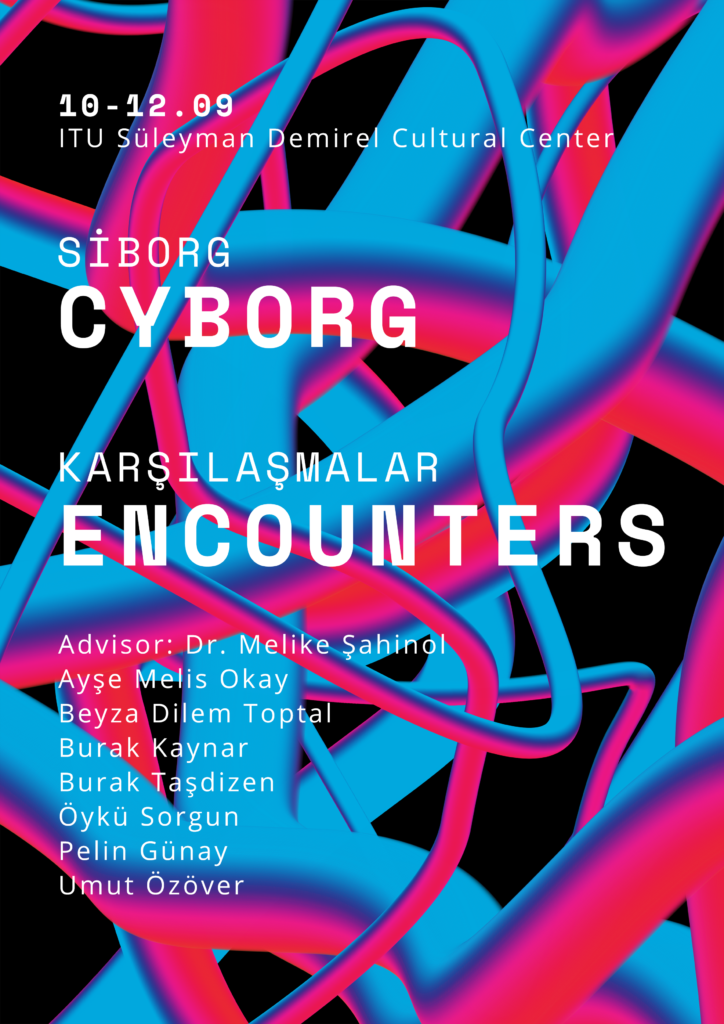In my journey as a sociologist, I’ve been fortunate to collaborate with a vibrant community of artists, designers, and filmmakers. These collaborations have not only enriched my understanding of societal issues but have also led to significant contributions in the form of publications and innovative exhibitions. Here, I’m excited to share some of the milestones in this interdisciplinary adventure.
Collaborations and Publications
Highlighting the Intersection of Art and Science
Our endeavors at the crossroads of art and science have yielded fascinating insights into the human experience, as documented in our recent publications:
- “VULVA STUDY. hidden but not undiscovered” in Conversation with “Manufacturing the Vulva”
In Nanoethics 16, 205–222 (2022). This piece, a collaboration with artist Merve Şahinol, dives into the complexities surrounding cosmetic surgery and the diversity of the vulva, juxtaposing medical practices with vulva-positive movements to foster a broader understanding and acceptance of women’s bodies. Read more.

- Hair:y_less Masculinities. A Cartography
A collaborative exploration into the cosmetic procedures landscape among men, this work scrutinizes how hair constructs gender identities, with a focus on masculinities. What sets this publication apart is not just its analytical depth but also the unique way it communicates its findings. The visualization of the book and its rich insights was a creative journey undertaken alongside a skilled designer and an artist. Their contributions, through compelling illustrations and design, helped to bridge the gap between scientific analysis and accessible, engaging communication. This process not only enriched the narrative but also made the complex themes within the book more relatable and understandable to a broader audience. It’s a testament to the power of interdisciplinary collaboration, where art and design play pivotal roles in amplifying the impact of scientific and sociological research. Read more.

- Cyborg Encounters: Three Art-Science Interactions
In Nanoethics 16, 223–238 (2022). This publication reflects on three distinct art-science interactions that offer profound insights into the cyborg as a concept and reality. Through collaborative effort, we investigate the boundaries of human and non-human, organic and artificial, exploring the poetic, political, and philosophical dimensions of these entities. Read more.
Additional Contributions
Academic Advisor and Curator of Insightful Exhibitions
- Cyborg Encounters Exhibition
As part of the STS TURKEY conference at Istanbul Technical University, I served as the academic advisor for an exhibition that ventured into the realms of cyborgs and technobodies. This exhibition, crafted by graduate students from Özyeğin University’s Design, Technology, and Society program, sought to blur the lines between fiction and reality, inviting visitors to explore a universe inhabited by hybrids of humans and non-humans. Read more.

‘Cyborg Encounters’ offers an experience of a universe; in between past, present and future constituted of hybrids born from the coupling of humans and nonhumans, beyond species and genders. It lives in the duality of integrated circuits and feelings of monachopsis, defying the order of things.
As a placeless local, you will encounter sections from the cyborg universe. In this creation; cyborg is a political, poetic, living or inanimate, digital or mechanical intervention; with or without a body and flesh. In this exhibition, a narrative in which fiction and reality intertwine, cultivates the theories of the cyborg, feminist technoscience, human enhancements, laboratory studies and politics of disability/ability and artifacts.
Organized and Co-Organized Events
Creating Platforms for Dialogue and Discovery
My role in organizing and co-organizing events has been instrumental in bringing together diverse perspectives on science, film, and arts. These events have served as vital platforms for exploring societal changes, technological advancements, and artistic expressions:
- Iran at the Crossways: Documentaries and Dialogues on a Changing Society
A film festival that shone a spotlight on Iran’s societal shifts through documentaries and dialogues, co-organized with prestigious institutes in Istanbul (program see below). - Modified (Hu)Man: Traditions, Vulnerabilities, and Possible Futures
A film screening and panel discussion that delved into the implications of cosmetic surgery and body modification, reflecting on societal norms and individual perceptions. Read more. - BIO·FICTION Science, Art & Film Festival
An event organized in cooperation with the SYNENERGENE project, showcasing films at the intersection of science, art, and societal perceptions of biotechnology.
FILMS PRESENTED:
DESCRIPTION:
Electrostabilis Cardium – Agi Haines
Synbio Ads London – Benedikt Groß
Synbio Ads Mintel – Benedikt Groß
New Mumbai – Tobias Revell
Living Food – Minsu Kim
Copy & Clone – Louis Rigaud
Eugene – Catalina Hoyos-Restrepo
Reinventing the Dodo – Steven van Eekelen
The Arsehole Gene – Eric Romero
The Culturists – David Benqué
Hybris – Arjan Brentjes
BIO·FICTION presented a selection of films as part of
the conference “upgrading nature, future bodies” (Up-
grades der Natur, künftige Körper: Interdisziplinäre
und internationale Perspektiven) in cooperation with
the host, the Orient Institute Istanbul. The screening
was followed by a spirited discussion in German and
Turkish touching on topics such as medical potential,
the intersections between science, art and science fic-
tion, as well as visions of the future.
With the support of SYNENERGENE
- Bodiless Heads No.2: Bodies, borders, flux, and fluidity
An interdisciplinary lecture/performance exploring themes of body, identity, and the fluidity of borders, providing insights from both scientific and artistic perspectives.
Through these collaborations, publications, and contributions, my aim has been to foster a dialogue that transcends disciplinary boundaries, encouraging a deeper understanding and appreciation of the intricate relationship between art, science, and society. Join me in exploring these creative explorations, where we uncover the beauty and complexity of our interconnected world.
During this encounter, we will hear about the research-practice of Bodiless Heads that Shahrzad Irannejad and Setareh Fatehi developed in 2017, which continues to inspire their current individual works and research. Bodiless Heads is a research on traditions of [non-]depictions of the body in the Islamicate world; it is a metaphor, a hypothesis, an imaginary state that relates to the evasive, multi-layered cultures of courtesy evolved over time, particularly where Sharzad and Setareh come from. In 4 chapters, they have looked at the impact of that certain [non-]visualization of body-image on the development of a non-Eurocentric concept of the Body and its relation to Health, Performativity, Mobility, and Knowledge Transfer. Their research around the idea of Bodilessness and the borders of body perception extended to further questions around body-time-image and formed the basis of Setareh’s practice of online dancing that underlies her current research swim\او. In this research, she explores, among other issues, such themes as ethics of virtual presence, enhancement, and geopolitics. Our encounter in this episode of the lecture series “Human, Medicine and Society” will explore the history of their dialogue, its current state and its possible implications.
Shahrzad Irannejad is a researcher in history of humoral medicine in the Islamicate world. Her research follows two broad paths: first, humoral medicine in Iran in relation to its cultural context; and second, the history of humoral medicine in the Islamicate world in relation to its Hellenic roots. She is currently working on her PhD thesis entitled “Localization of the Avicennean inner senses in a Hippocratic body”, in which she deals with the Hellenic ideas regarding mental faculties and their embodiment, which were transferred to the medieval Islamicate world as manifested in the works of Avicenna. Her current research on the concepts of the Inner Senses is partly fueled by her fascination with the mind-body problem.
Setareh Fatehi is a choreographer based in Tehran and Amsterdam. Her research-based practice encompasses lenses, bodies, wifi connections, screens and projections. She is embracing the medium of live video as a part of her presence. In her work she addresses the fluidity of the definition of her body and opens up the space for acknowledging the effect that other forms of presence (their gaze and their thoughts) could have on the ways she engages with her own body.